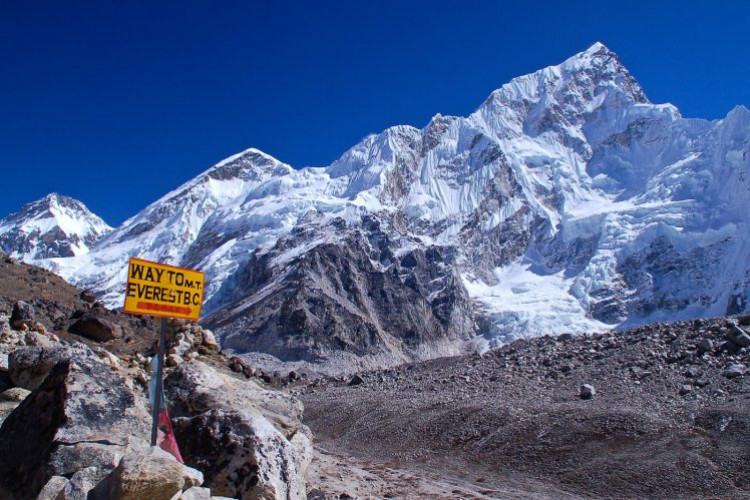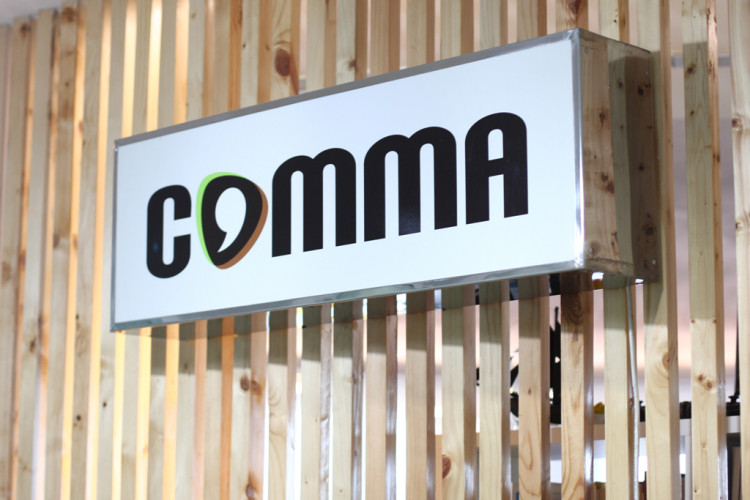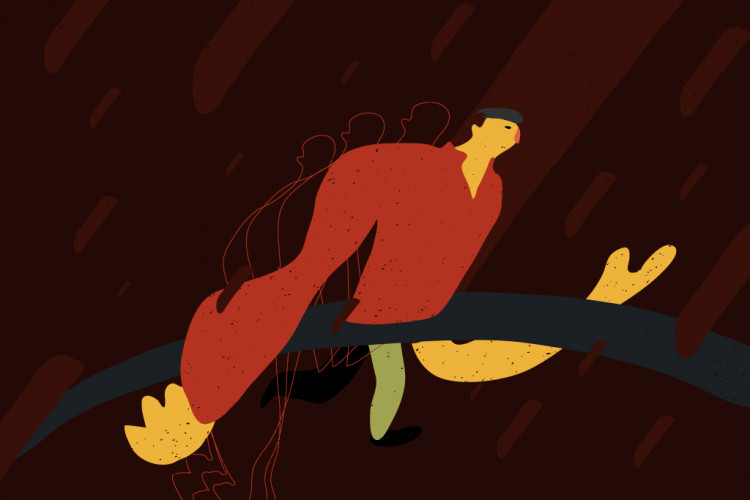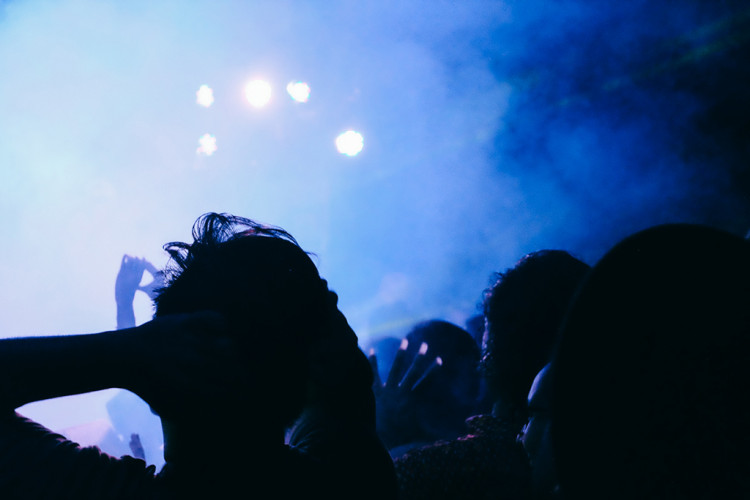Shelling by the Sea Shore of Tanjung Perak
The iconic Surabaya cape and the exhibition dedicated to it.
by Ken Jenie
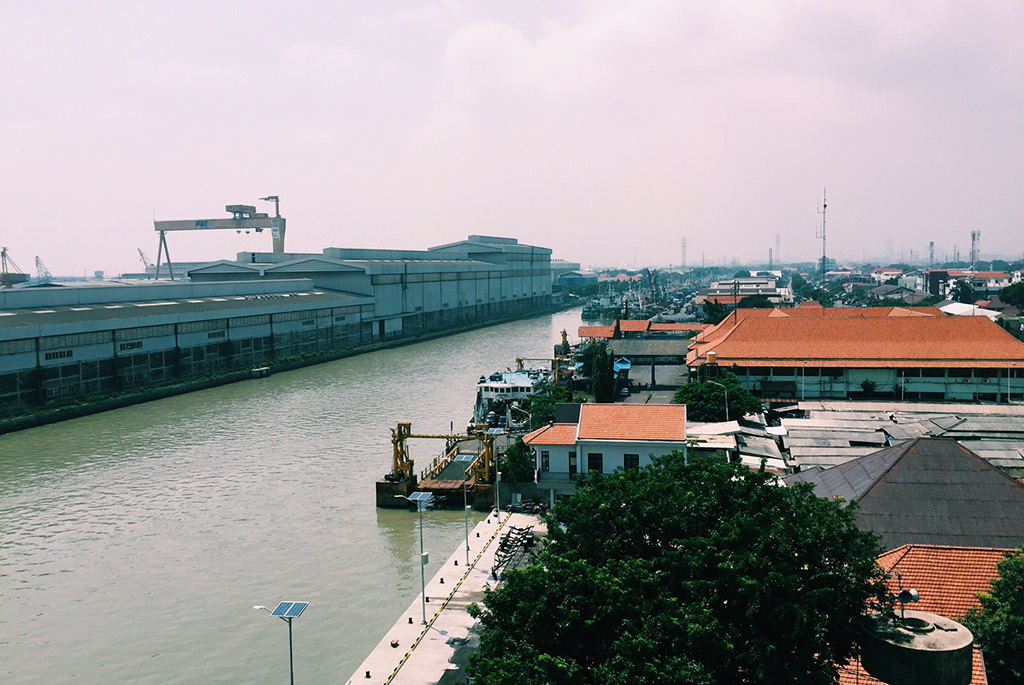
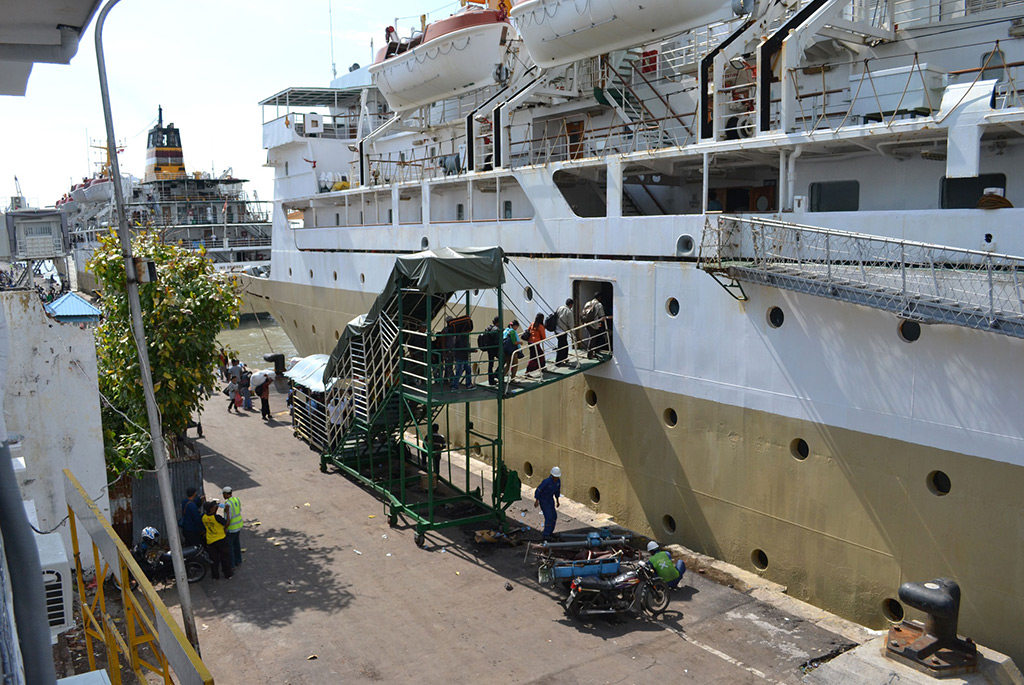
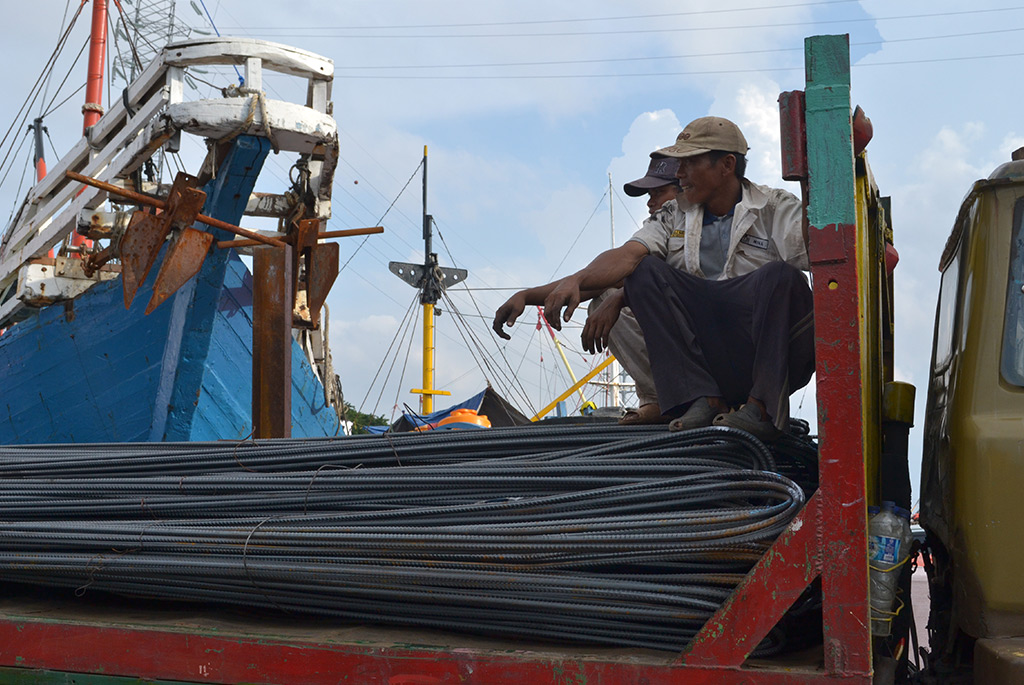
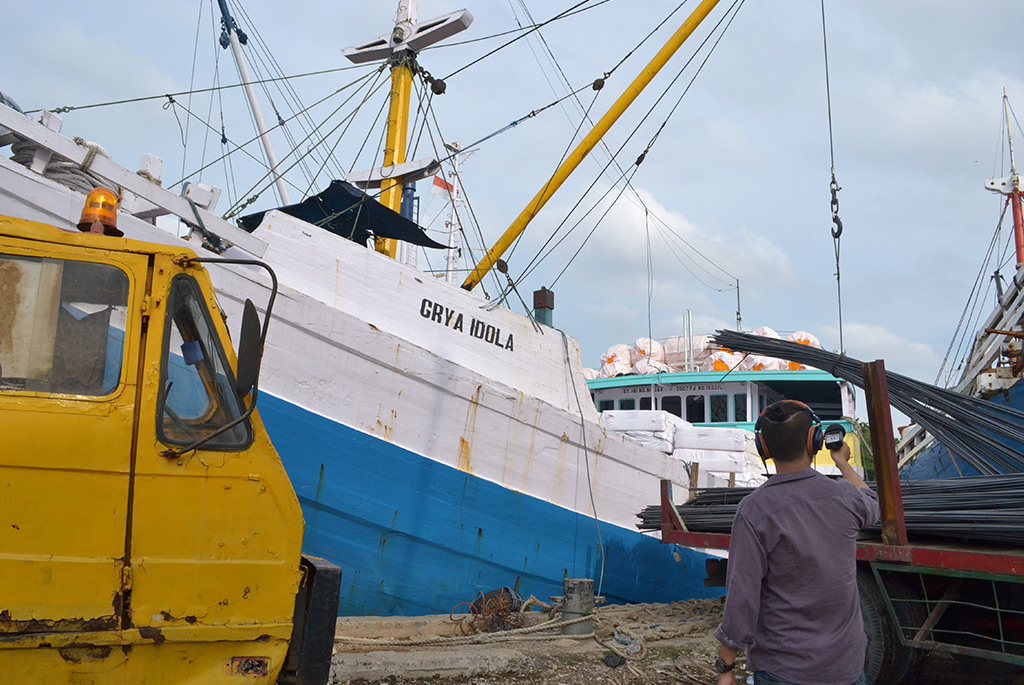
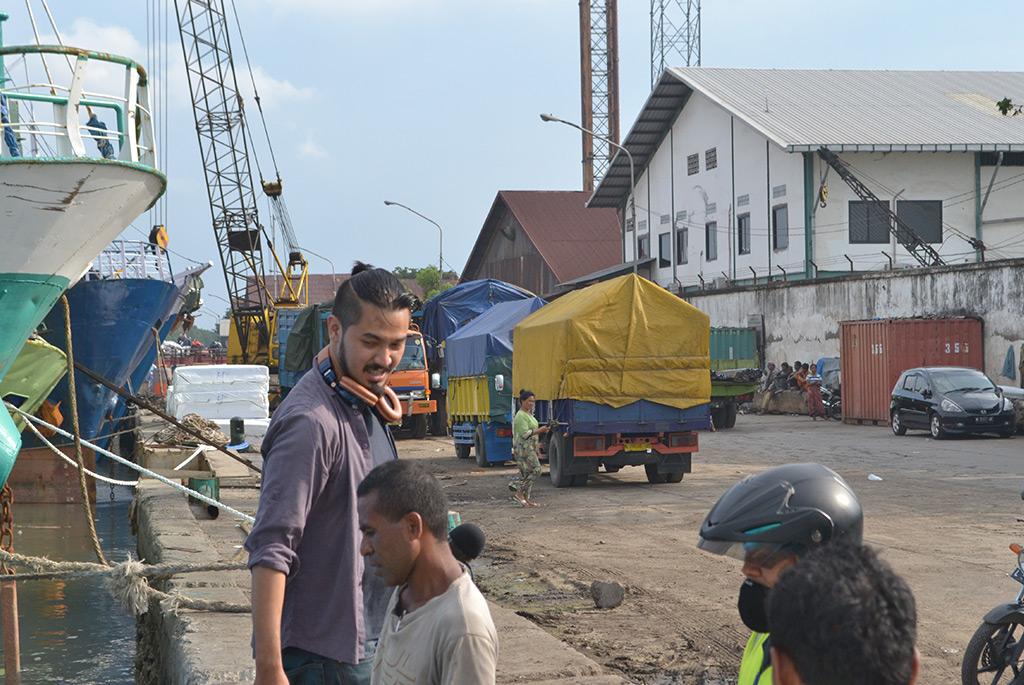
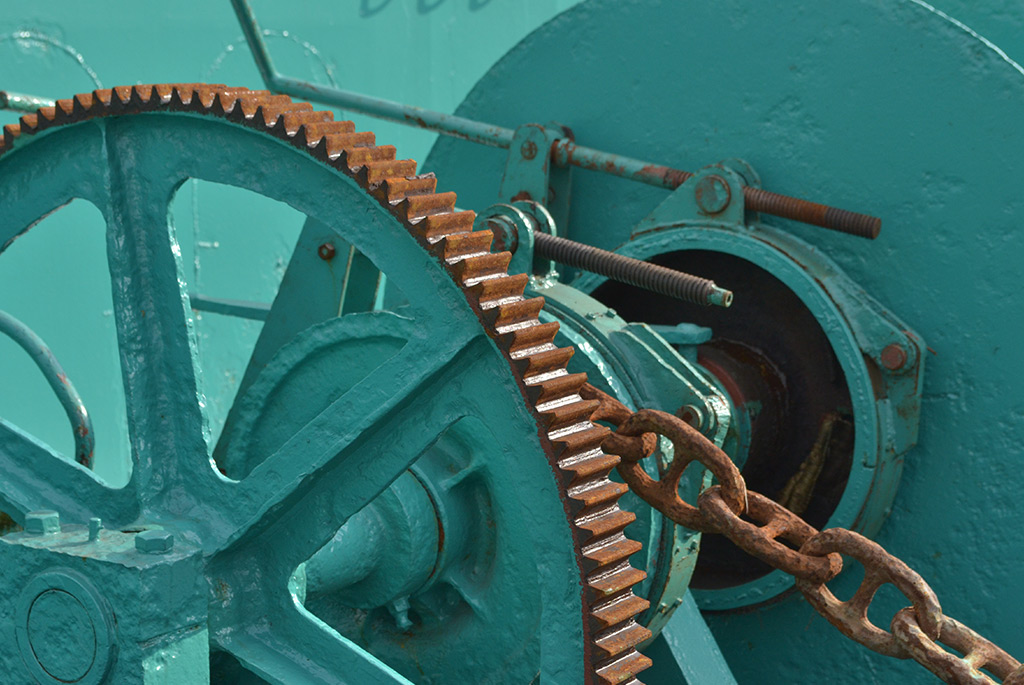
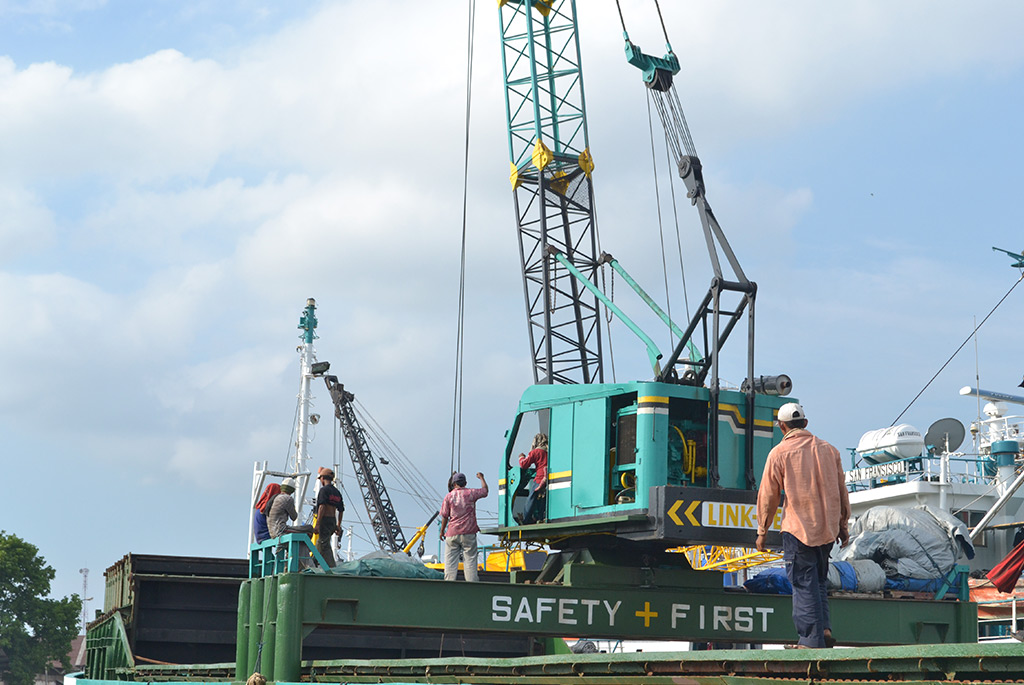
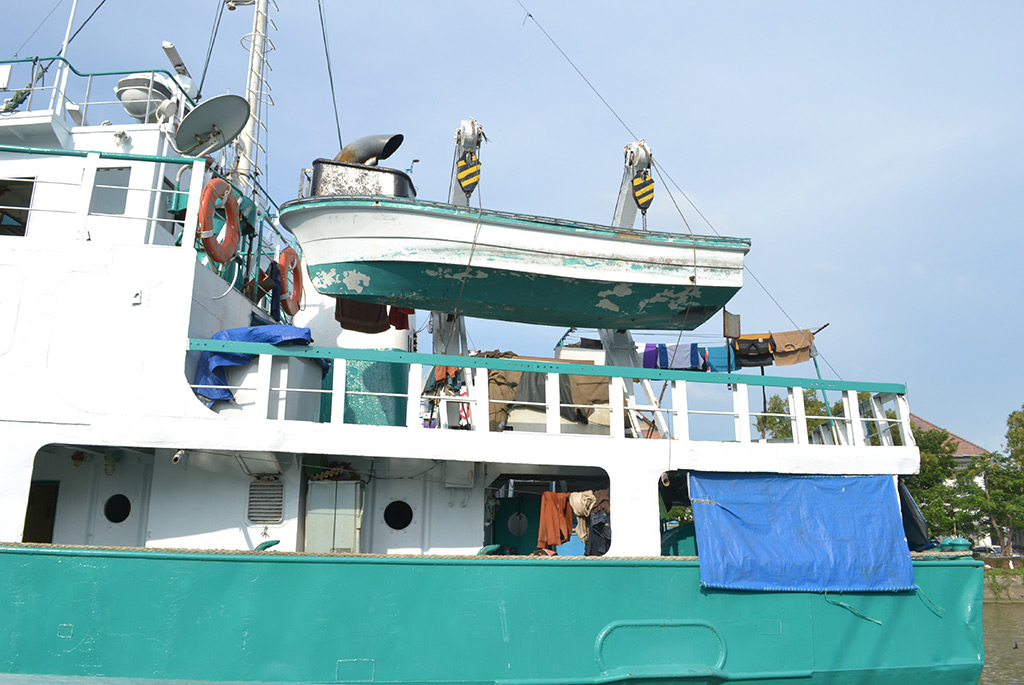
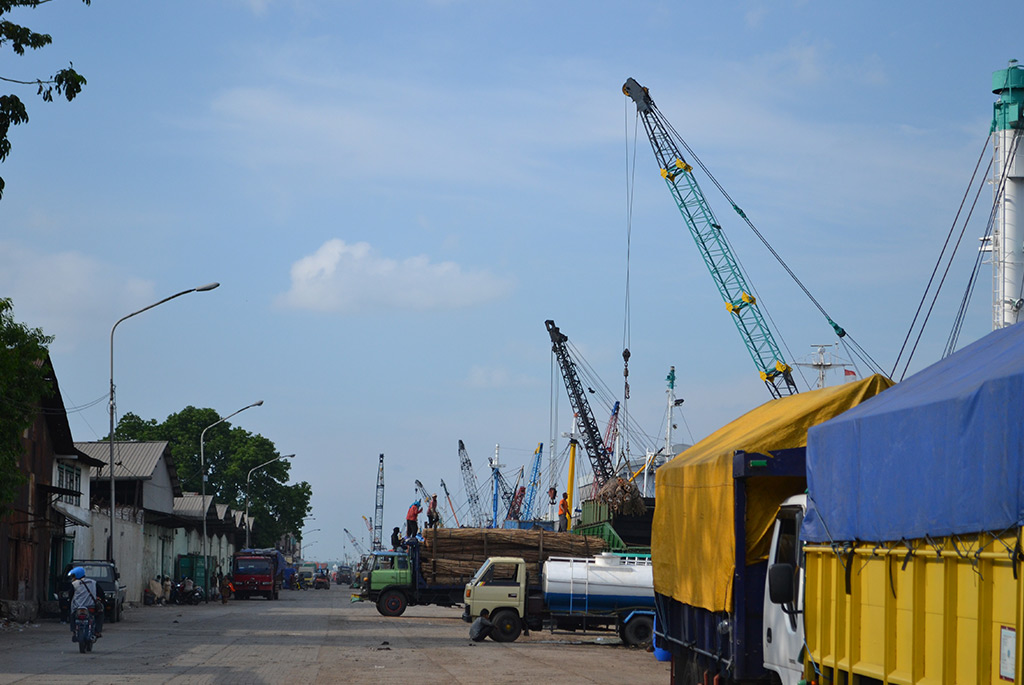
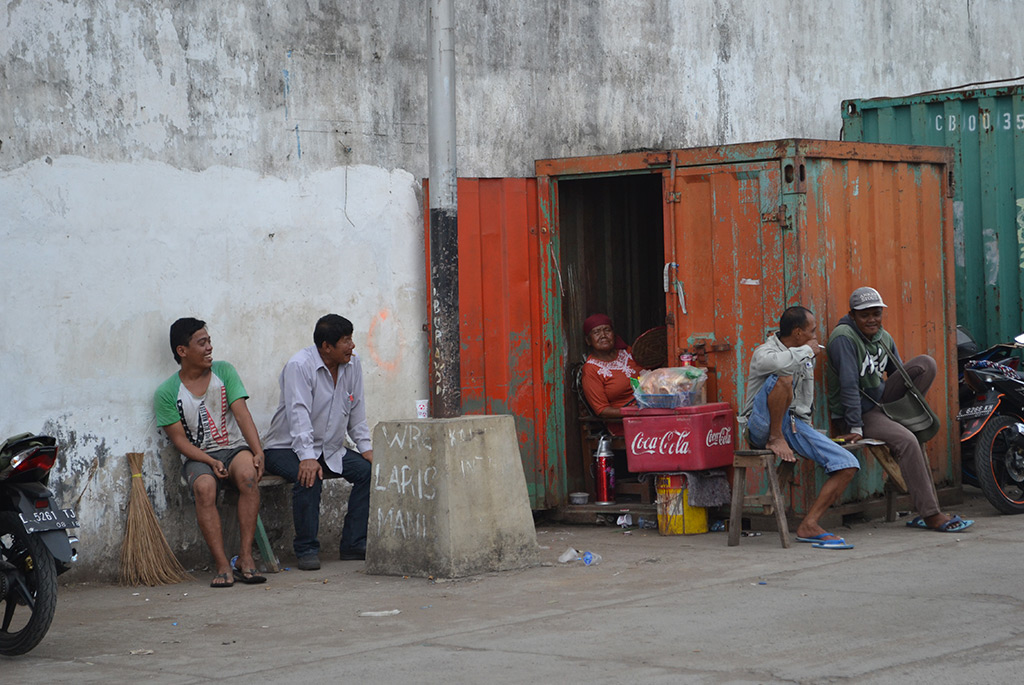
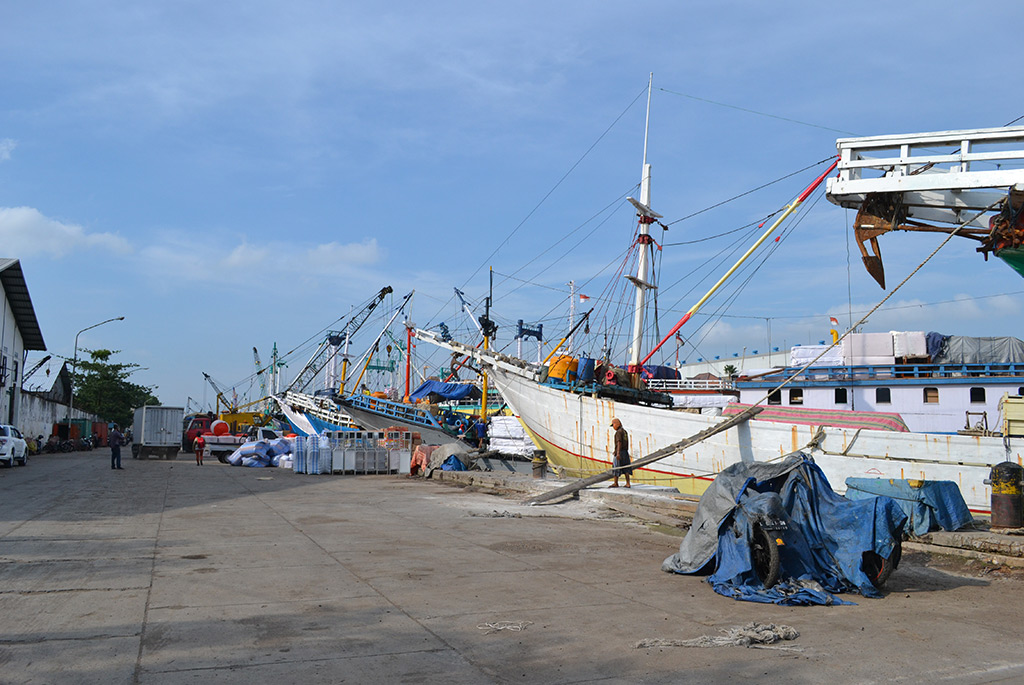
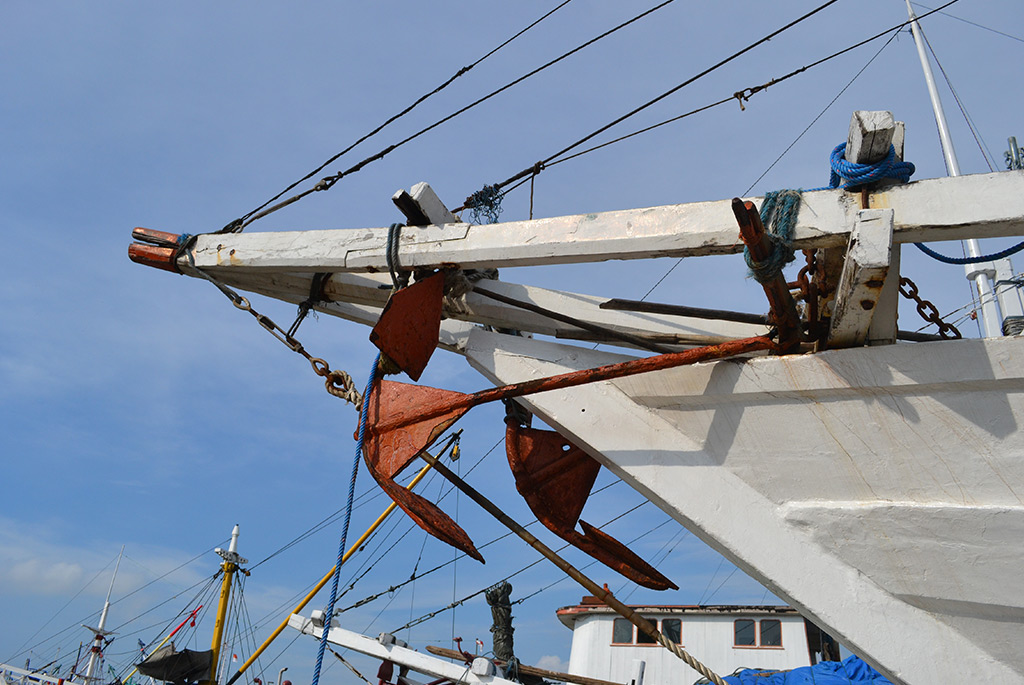
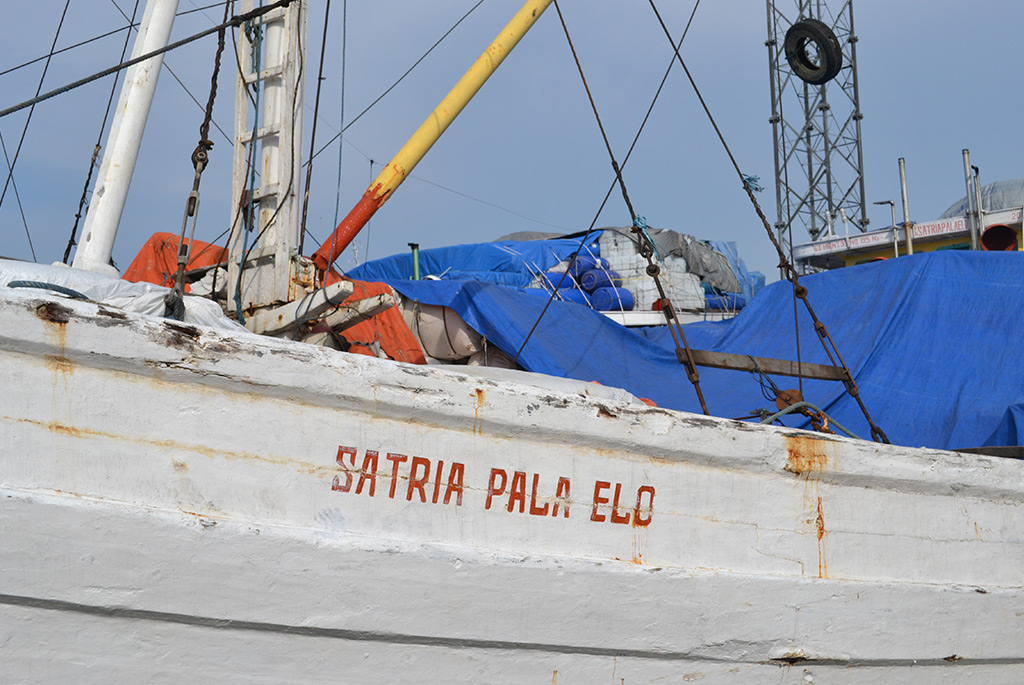
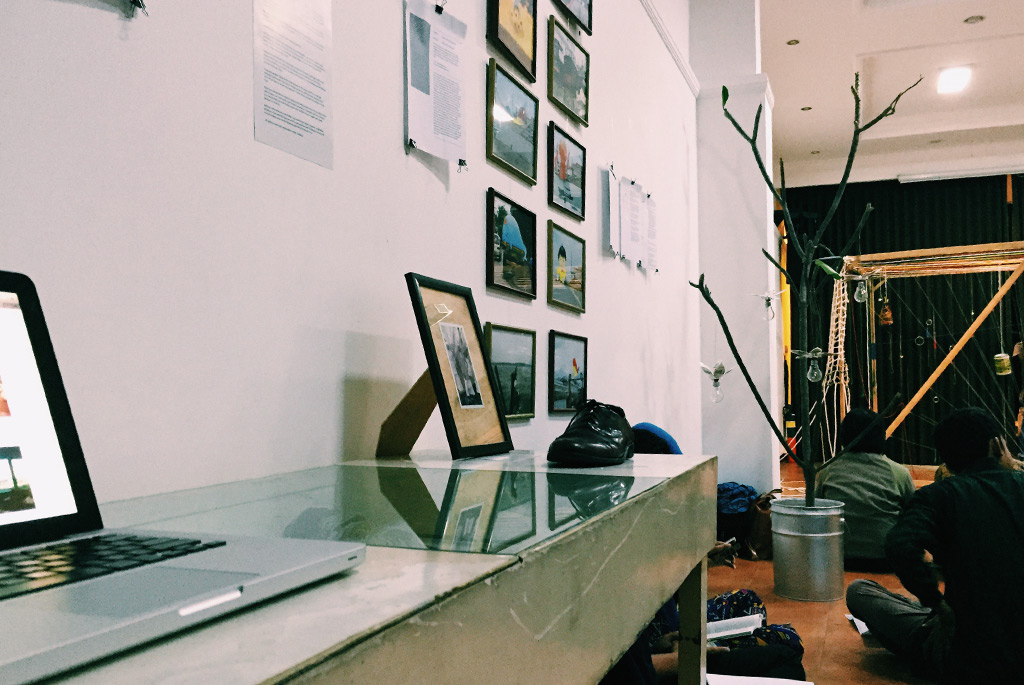
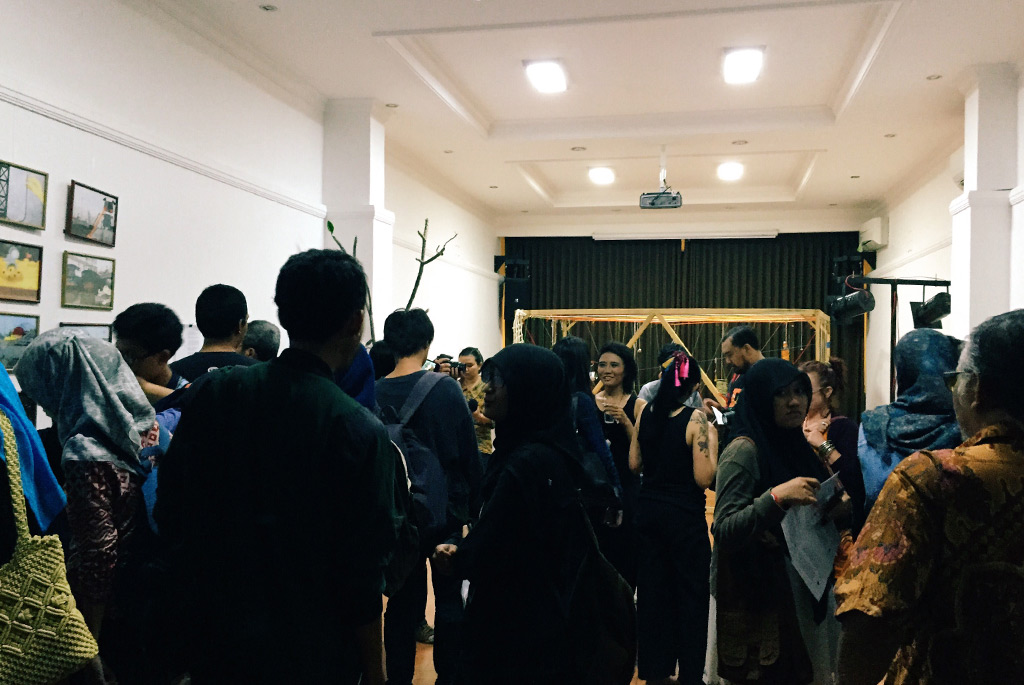
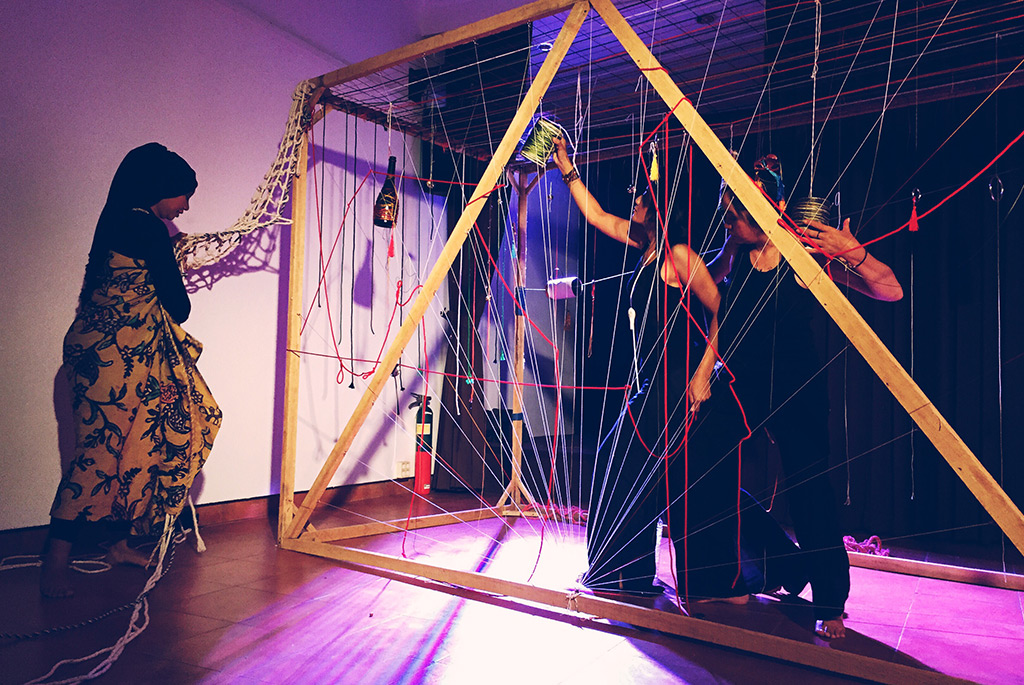
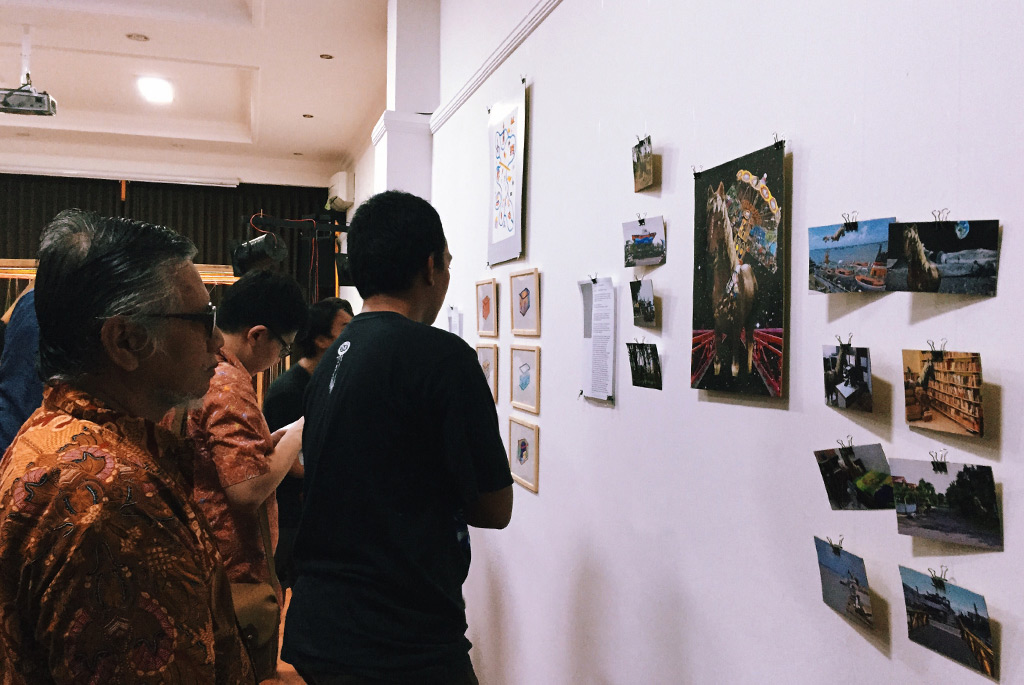
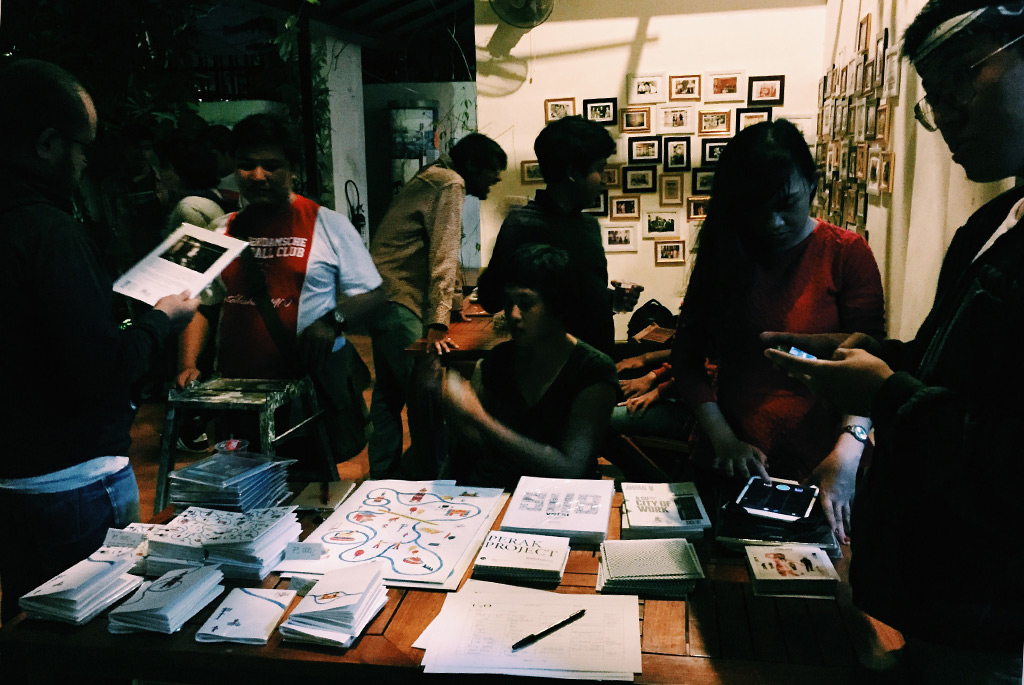
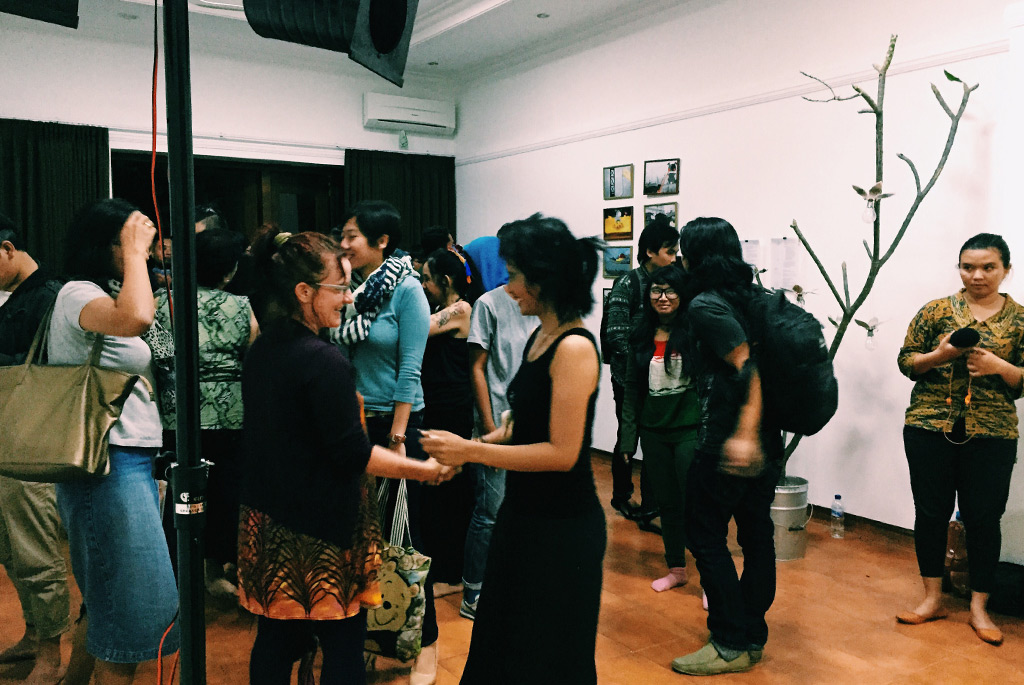
A site once so vibrant in the 1930s as a trade icon that it was reportedly even busier than Tanjung Priok, Tanjung Perak is one of the three sites in Surabaya—the other being Tunjungan and the Red Bridge—that has ever been immortalised into a very popular song. Some of the rhythm and lyrics bear some resemblance to a Dutch song titled We Gaan Naar Zandvoort Aan De Zee. Pramoedya had also mentioned the development of this port in the first book of his tetralogy, Bumi Manusia (This Earth of Mankind).
In the 19th century, with the implementation of Cultuurstelsel (Cultivation System) and the opening of Suez Canal, the Dutch colonial government decided to turn the area into one of its primary ports to facilitate the extraction of natural resources—particularly coffee, sugar, indigo, tea, and fruits—from East Java areas like Pasuruan, Malang, Probolinggo, Mojokerto, etc. to Europe. Designed in 1910 by B. W. van Goor, the port was located at the western downstream of Kali Mas (Golden River), opposite of Ujung Navy Base. Perak played a major role in propelling Surabaya into a port city, transforming its shape and structure into a line stretching from the northern port into the southern plantation and farming areas.
In late 1980s, however, after highways and roads connecting Surabaya to other inland cities had been built, its shape and structure started stretching sideways, to its southern, eastern and western parts. Twenty years ago, you could still find the hustle and bustle of late-night coffee and food stalls, even wedged behind stacks of cargo containers or kampung. Trawling the alleys, you’d find some toko kelontong mom and pop shop offering hodgepodge of trade-ins ranging from garlic and onions, imported cigarettes, second-hand electronics, watches, to playstation parts—available for rent.
These days, however, the moms and pops—along with their children—are likely to have moved elsewhere, or closed their business. If you live within this area, if you don’t have a private vehicle, after catching a bus or an angkot gelap that can take longer than an hour to arrive from one of the dysfunctionally glitzy bus stops that keep cropping in Surabaya, you will probably stroll into one of the ever ubiquitous Alfamarts or Indomarets dotting the streets to get your random needs. After you pick your shampoo or drink of choice (if the law hasn’t banned it), you find a nauseating but fascinating clock meter at the cash register measuring the mili-seconds the service counter takes to finish your transaction—from the moment s/he starts welcoming you and your purchase with godawful rapid cheery greetings. Once the transaction is done, you’ll perhaps hear him/her switch back to mother tongue dialect with behind-the-counter talks, and sometimes, you can tell where s/he comes from. Stepping out of the neon-lit store, you see the Tugboat Ship Monument and waves of concrete painted in bright blue. You imagine yourself a small fish in a seedy, strangely yellow-lit ocean, and you wonder about other equally lost fish like you, while wobbling whales—trailers and trucks—of various colours and shapes pass by, mourning ballads of honking noise, rubbles, and gloom. Welcome to Perak.
This once very iconic place has lost its lustre, buried under grey layers of ash, exhaust fumes of racing trailers, along with the salad of dust, sweat, and hearsays of crime, wilting under the sweltering heat of Surabaya’s sun. Perhaps it has withstood the 1930s Great Depression, but after about a century of its inception, naturally, political, social, cultural, and economic changes have brought about other dynamics and challenges to its once dominant position as the main gateway. With the establishment of Suramadu (Surabaya-Madura) bridge, the flow of cargoes and people have slowly declined over the years.
As Andriew Budiman wrote in his curatorial note, Perak Project does not attempt to be the one true representation of Perak. Nor does it mean to be a community-based art project. As someone who lives in the area, he knew that it would be too imposing within the short time span, and thus he chose to start by exploring the perspectives of “outsiders” who barely know Perak. At the same time, he also realised that he hardly knew this place he has lived in for more than a decade. It was as much a learning process about Perak for the “outsider” participants as it was for the “insider” curator.
The six participants invited were in their 20s and 30s, had varied levels of artistic experiences, and lived in dispersed parts of Surabaya. Some would identify themselves as artist, had exhibited locally or internationally, but for others, this was actually their first time participating in an exhibition. Surabaya Tempo Dulu, a Facebook-based community of local history enthusiasts was invited as a partner to help providing some historical background.
For all of us, it was the first time we could get inside the syahbandar lookout tower and area, which is generally off limit to the public for environmental, health and safety reason. (We sent a formal letter asking for permission for our research project.) And it’s an understandable reason, for it’s an industrial, loading zone. Within the tower itself, the stair steps are extremely steep, and the fence is barely higher than your knee. Yet, while our knees were turning to jelly amidst our mix of excited chatters and suspended breaths, we marveled at the 60-meter Jalesveva Jayamahe (Sanskrit for “Our Glory is at the Seas”) monument located within Ujung naval base area, the sharp meeting line between the brownish water of Kalimas river and the turquoise sea water, as numerous ships, ferries, and boats sail by.
The exhibition brought us to meet some kind souls at Pelindo III, who appreciated what we were doing and had kindly accommodated our walking trip within their tour in the new terminal of Gapura Surya Nusantara, just established a few months ago. (Thank you!)
When the project started, most barely even knew the full lyric of the legendary song outside its catchy, rhyming refrain, “Tanjung Perak, tepi laut, siapa suka, boleh ikut.” That is, until—regretfully—someone decided to play the full, earwormish karaoke video by Didi Kempot during one of the meetings.
Despite the brief period of production (1 month), the artworks presented showed a diversity of ideas, aesthetics, and media. The contexts drawn in (re)narrating their artworks also show an interesting spectrum, ranging from personal stories, ethnic and ancestor’s lineage, local context, and technological possibilities for daily life.
A young man of Arab descent who also runs a website on Kampung Arab Surabaya, Adil Alba, created fictional archives and artefact of his ancestors, reimagining their arrival in Bab ul Syimal (northern gate), conveyed through photographs, travel letter, and some artefacts. Adrea Kristatiani, a student dabbing into illustrations and graphics combined cute illustrations with photos of industrialised sites of Perak, creating contrasting Chimerical Doodles, contrasting effects of wishful imaginations to life—a wounded whale on top of a trailer, a guy lying on a hammock overseeing a harbour.
Holopis, a newly-formed but fascinating interdisciplinary collective of food activist (Hayu Dyah Patria), illustrator-designer (Debrina Tedjawidjaja), hacktivist (Helmi Hardian), and web-designer-photographer (Erlin Goentoro) invited you to taste its Savoury Battery, a playful experiment using flower-shaped salt water batteries to lit up some LEDs, and learn the mechanism behind everyday life electricity. Considering the strategic location and abundance of saltwater available in Perak, this artwork brings a potential possibility for sustainable energy and some fun for young and old.
Laring Project attempted to understand and explored the sequence of events and narrations scattered in the harbour as crisscrossed and interconnected Benang Merah. Using found elements such as ropes, cans, bottles, and recorded soundscapes, they opened the exhibition with a performance of their translated dictions of visual language, sound, and movement. The work was also a realisation of a project that was inspired by an accident that gave Gema Swaratyagita an eight-stitch scar during her ride with Sekartadji Suminto. Coincidentally, the accident happened in Perak, almost exactly a year before their performance.
In Vessel, Nita Darsono aka Nitchii drew parallels between activities in Perak as a gateway of containers, and in human brain. Like these containers, our brains are filled and fill various material and commodities of thought—desires, responsibilities, burdens, knowledge, stress, memories, feelings, secrets—which then get distributed to various organs, nerves, and body parts that enable humans to create their stories. Through an imaginary map of Perak as a metaphoric area filled with flows of containers of thoughts, Nitchii illustrated an interaction of narratives between areas, matters, and people, some overlapping, others on its own.
Nadia Maya Ardiani, a reporter at a local radio, presented Monumental, a series of jarring, wacky collages of a grinning horse statue that can originally be found in Barunawati Park in Perak. A seemingly irrelevant monument, the horse statue has been in fact a more intimate memento, while its periodical repaints has granted it some rather dubious changes in race and breed. While the history enthusiasts debated and tried to source possible meanings for the horse (one possibility being in the honour of Front Ronggolawe), you can create your own story of this horse as it travels through space (and time?) with a merry go round on its back, landed on the moon, traveled on a ship, went to a library, appeared at the foot of a bed in a kos-kosan seemingly trying to ngadem in front of a fan.
The exhibition has formally ended on February 18, 2015, but it was merely the beginning of an ongoing process. The project aims to encourage interests, understanding, and participation in shaping the stories of Perak as one specific area in Surabaya, while also giving us an understanding about the larger issues and interrelated dynamics in Surabaya. And perhaps also Indonesia, as we can expect to see more maritime development in line with the national agenda.
To see a small but growing number of stories, photos, and buzzes in Twitter and Instagram about #PerakProject, please visit Ayorek!’s page http://ayorek.org/perakproject/






